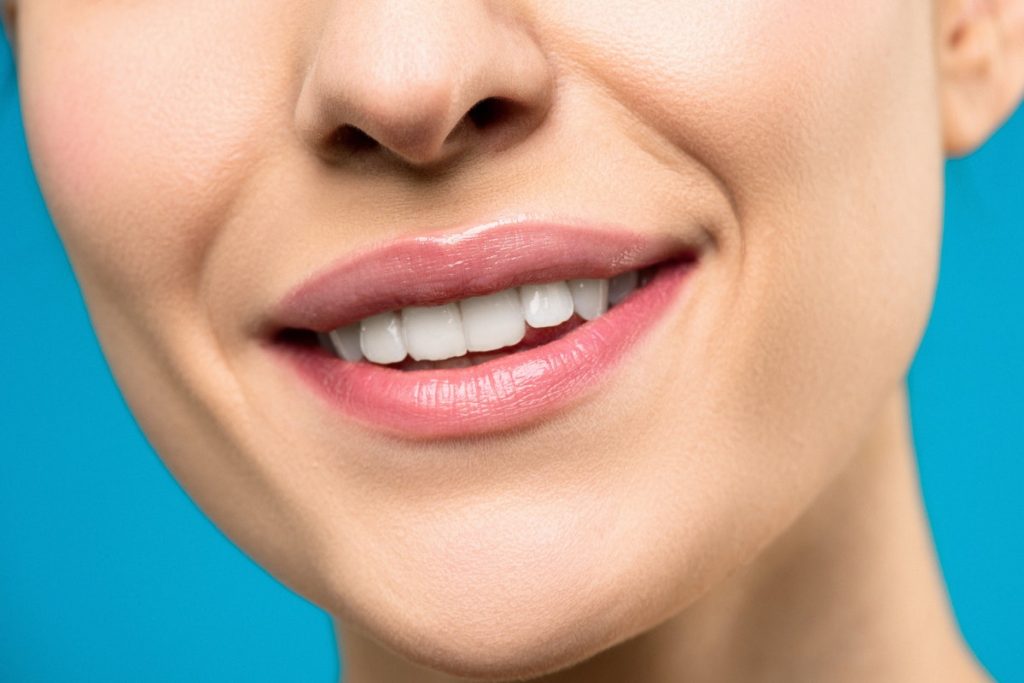Clean eating and exercise are still the safest weight loss methods. Everything starts with what you eat. We need to eat every day, it just makes sense to do it the right way.
Having a pescetarian diet can help lower the risk of chronic diseases and it’s also an effective weight loss solution.
What is a Pescatarian Diet?
The pescatarian diet refers to a diet that adds seafood to a vegetarian diet. Pesce is the Italian word for fish, so some people can refer to it as “pescetarian” or “pesco-vegetarian” because they eat fish and other aquatic animals in addition to fruits and vegetables.
Pescatarians eat seafood as the primary source of animal protein for pescatarians. You can eat saltwater and freshwater fish, in addition to vegetables, fruits, grains and legumes.
The pescatarian diet is one of the most versatile and flexible forms of eating since you can include eggs and dairy products into your meals.
How Do You Add Fish to Your Diet?
Most people have a problem with consuming fish. They may not like the smell, or some just don’t know how to cook seafood in general.
Unless you have an allergy to seafood, there’s always a way around the reluctance to get into a pescatarian diet.
-
Find the seafood you like

Not all fish taste the same. If you’ve had a bad experience with one because it was too bony, choose boneless fish or fish without small bones, like sole, mahi-mahi, grouper, cod, salmon, or whitefish.
On the other hand, some fish are sold deboned, like tuna, halibut, or milkfish.
Fish also differ in smell, so if you want less fishy aroma, go for tilapia, flounder, or arctic char (a good alternative if you love salmon but can’t stand the fishy taste.)
If you’re tired of fish, switch it up with other seafood. Try crabs, shrimp, octopus, clams, oysters, and other mollusks.
-
Canned fish is OK, too
Nothing wrong with going for the convenience of canned tuna, sardines, salmon, or any other seafood. Add tinned sardines to pasta with lemon and herbs. Top chips or crustry bread with some tuna for a hearty snack. Or grill canned salmon and toss in legumes, fresh tomatoes and peppers.
But choose your canned products well. Look into small canneries that follow sustainable fishing. If the cannery purchases its products, ask about their practices.
-
Frozen fish
Stock up on frozen fish. You can store them in your freezer for a month and cook them whenever you like. You can slice them before you put them in the freezer. This way, you can just put them in your air fryer or thaw and then fry them in times when you need a quick meal. Have them with a cup of brown rice or pasta for a healthy meal.
-
Find a recipe you like
As with everything in life, practice makes perfect. The more you practice and experiment with seafood, the more you’re going to be exposed to the variety and flexibility of meals you can come up with. Fish and chips, fish tacos, crabs in chili sauce, or risotto clams, the recipes are endless.
What are the Benefits of a Pescatarian Diet?
Below are more benefits you can get from having a pescatarian diet.
- Omega-3 fatty acids found in seafood can help prevent cardiovascular disease
- Seafood is a good source of DHA and EPA, which help prevent dementia and Alzheimer’s disease. If you’re looking to stay sharp and strengthen your cognitive abilities then this is the right diet for you.
- Research has shown that people who eat seafood each week tend to regulate their emotions better and have a sharper memory.
- Seafood is a good source of vitamin D.
- Low in saturated fats
- Low in calories
- Fish provides as much protein as poultry, pork, and beef.
- Omega-3 FA intake could help better protect your body from COVID-19 as it has unique components that strengthen your organs and immune system.
Below are the Omega-3 components of the most common seafood.
Seafood |
Omega 3 in milligrams (per 4 ounces of serving) |
| Salmon, anchovies, sardines, trout | More than 1000mg |
| albacore tuna, mussels, squid, sea bass, and walleye | 500 – 1000mg |
| shrimp, mahi-mahi, lobster, scallops, tilapia, cod, | 250 mg |
Is a Pescatarian Diet Good for Weight Loss?

A pescatarian diet is good for people who want to maintain their weight and health or shed some extra pounds.
It’s a good option for those who want to take control of their health as there is a variety of seafood to choose from which makes it more exciting. If you’re thinking of becoming a vegetarian but you’re finding it hard to make that transition then this is also a good step to take.
The transition to a full pescetarian diet doesn’t have to be overnight. Ease into this healthier way of eating, choose the right seafood products, have fun with the recipes and soon, you’ll enjoy having fish in nearly every meal.



